18 November, 2025
Endometriosis and Fertility: Surgery, Before or After?

Hello, I am Dr Almudena Utrera, and as a gynaecologist specialising in fertility, one of the conditions I see most often in my practice and which raises the most questions is endometriosis. If you have been diagnosed, I know you probably have a whirlwind of questions and concerns: about pain, about your quality of life and, above all, about your chances of becoming a mother.
Today I want to talk to you with clarity and, most of all, with hope. Endometriosis is a chronic and complex disease, but having endometriosis does not mean giving up on motherhood. The key is to adopt a modern, strategic and, most importantly, individualised approach. And within that plan, the order of treatments, especially surgery, is fundamental.

How exactly does endometriosis affect your fertility?

To understand the solution, one must first understand the problem. Endometriosis occurs when tissue similar to that found inside the uterus grows outside of it, in places such as the ovaries, fallopian tubes, or pelvis. This can affect your fertility in several ways:
- Altering anatomy: Adhesions can distort or block the fallopian tubes, preventing the oocyte and sperm from meeting.
- Creating a hostile environment: Endometriosis causes chronic inflammation in the pelvis. This inflammatory environment can be toxic to oocytes, sperm, and embryos, complicating the process of fertilisation and implantation.
- Affecting your oocytes: When endometriosis forms cysts on the ovaries (known as ‘endometriomas’), it can not only damage healthy ovarian tissue, but the overall inflammatory state itself can impair the quality of your oocytes.
The Great Dilemma: Should I have surgery to relieve the pain or prioritise the pursuit of pregnancy?

This is the crossroads many of my patients find themselves at. On the one hand, surgery is often necessary and highly effective in removing endometriosis lesions, reducing pain and significantly improving quality of life.
However, when the ultimate goal is pregnancy, surgery (especially on the ovaries) carries a risk that we cannot ignore: the possible decrease in ovarian reserve. When removing cysts, it is almost inevitable that some of the healthy ovarian tissue containing your future oocytes will also be removed.
So, what do we do? Do we simply forgo pain relief to avoid risking our oocytes? Or do we undergo surgery, accepting that it will be more difficult to achieve pregnancy afterwards? The answer is: neither. There is a third way, a smart strategy that allows us to have the best of both worlds.
The ultimate strategy: Preserve first, Operate later
Modern reproductive medicine offers us a game-changing solution: planning surgery and fertility treatment in the right order.

Step 1: Safeguard your Fertility (BEFORE surgery)
Before planning any surgical intervention, we take the most important step: performing an In Vitro Fertilisation (IVF) cycle. The goal is to stimulate your ovaries to obtain oocytes, fertilise them in the laboratory and create embryos, or vitrify (freeze) the oocytes directly. These embryos or oocytes are stored, preserving your fertility potential at its peak, before the scalpel can affect your ovarian reserve.

Step 2: Relieving Pain and Clearing the Way (SURGERY)
With your future babies already safely secured, you can undergo surgery with complete peace of mind. The surgeon will be able to work comprehensively to remove all endometrial tissue, relieve your symptoms and leave your pelvis in the best possible condition to support a pregnancy, without the pressure of having to be “too” conservative for fear of damaging the ovaries.

Step 3: The Path to the Baby (AFTER surgery)
Once you have recovered from the operation and the inflammation has subsided; we prepare your uterus smoothly and transfer one of your previously frozen embryos. We perform this procedure on a body that no longer suffers from pain and in a much healthier pelvic environment.
TRADITIONAL ROUTE (With Risks):
1. Diagnosis of Endometriosis
2. Surgery (With possible reduction in ovarian reserve)
3. Attempts at natural pregnancy or IVF (With fewer available oocytes and time pressure)
4. Uncertain Outcome
STRATEGIC ROUTE (Maximising Opportunities):
1. Diagnosis of Endometriosis
KEY STEPS:
2. IVF / Oocyte Vitrification (Your fertility, safely preserved)
3. Surgery to improve quality of life (Pain-free and without fear)
4. Embryo transfer (At the ideal time and in the optimal environment)
5. ¡Pregnancy!
Why is this approach so Beneficial?

If you suffer from endometriosis,
don’t let fear or misinformation paralyse you. Science has given us the tools to devise a smart plan.
At our clinic, we don't just treat diseases, we treat people.
And your plan should be as unique as you are. Let's talk, assess your case and design together the safest and most effective path towards your two goals: a pain-free life and the joy of motherhood.

Back to blog
In other news

3 October, 2018
Fertility. How to face #stress when you cannot have a child?
* Stress is intimately related to the experience of infertility, as a result of the difficulty to co...
[Continue reading ]25 March, 2019
Fertility. The consequences of delaying #motherhood
The average age at which women today have their first child is around 32, but many delays that momen...
[Continue reading ]


